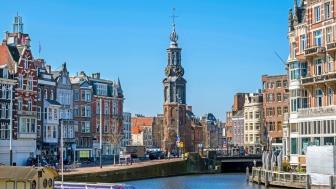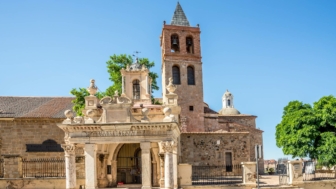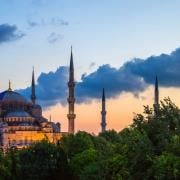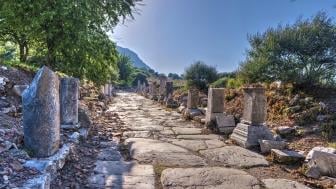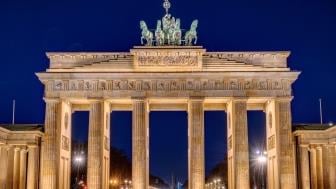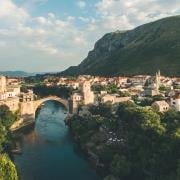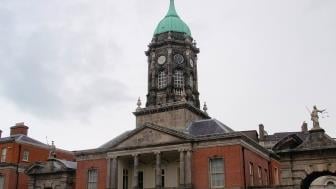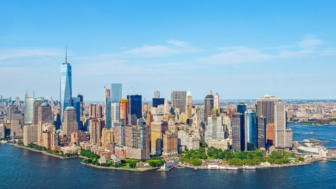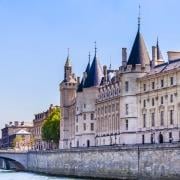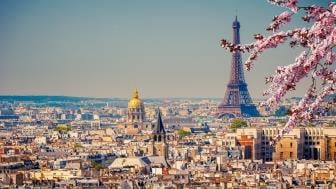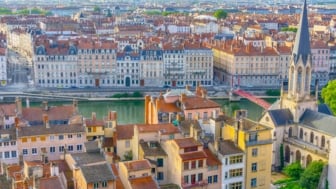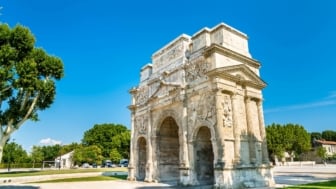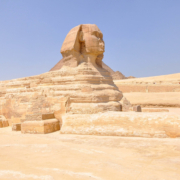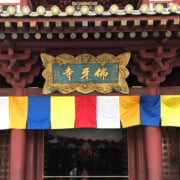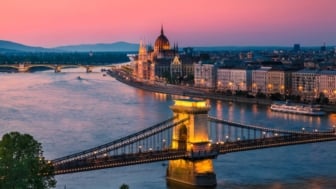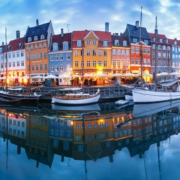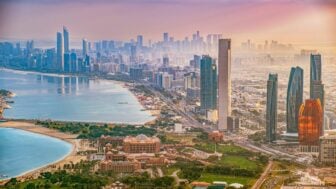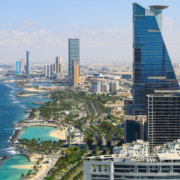1. The Visionary Behind Modern Rhodes
Did you know the new city of Rhodes was designed by Florestano di Fausto, one of the most influential colonial architects of Fascist Italy? Di Fausto envisioned Rhodes as a “garden city” to serve as both an administrative center for the Dodecanese Islands and a popular tourist destination. His architectural style uniquely fused medieval, Ottoman, and contemporary Italian elements, creating a neighborhood that harmonized East and West.
2. The Iconic Town Hall of Rhodes
Built between 1937 and 1939 by Armando Bernabiti, the town hall stands in the heart of modern Rhodes. This building is a striking example of the International and Fascist architectural styles of the period. Notably, it features “finta pietra” (fake stone), a red-orange porous stone extensively used to visually connect the new city with the medieval masonry of the Knights of Saint John.
3. The Historic New Market
Opened in 1926, the New Market is a large hexagonal building inspired by the Great Mosque in Kairouan, Tunisia. Designed by Florestano di Fausto, it served as a model for markets in other Italian colonies like Asmara and Barce. The market’s upper level housed apartments for Italian families, while the courtyard featured a large pavilion with a copper dome. After being relocated from the medieval city, local farmers and fishmongers sold their produce.
4. The Imposing Marine Gate
The Marine Gate was the principal entrance to the medieval city from the commercial harbor. It’s flanked by two massive round towers with battlement parapets and machicolations. These architectural features allowed defenders to attack enemies at the foot of the wall. While most machicolations were removed after the siege of 1480 due to their vulnerability to artillery fire, the Marine Gate remains a testament to medieval military architecture.
5. The Ambitious Modernization by Mario Lago
Mario Lago, the governor of the Italian Islands of the Aegean, prioritized modernization from 1922 onwards. His administration opened numerous Italian schools, eradicated malaria, and constructed essential infrastructure like aqueducts, power plants, and hospitals. This period saw economic prosperity and relatively good relations among the island’s communities. However, it also had a darker side, as the Italians destroyed many Ottoman monuments and turned Jewish and Ottoman cemeteries into green zones in a systematic effort to Italianize the island.
Discover more intriguing insights and hidden gems about Rhodes, a fascinating blend of history, culture, and modernity, with our self-guided audio tours!





















